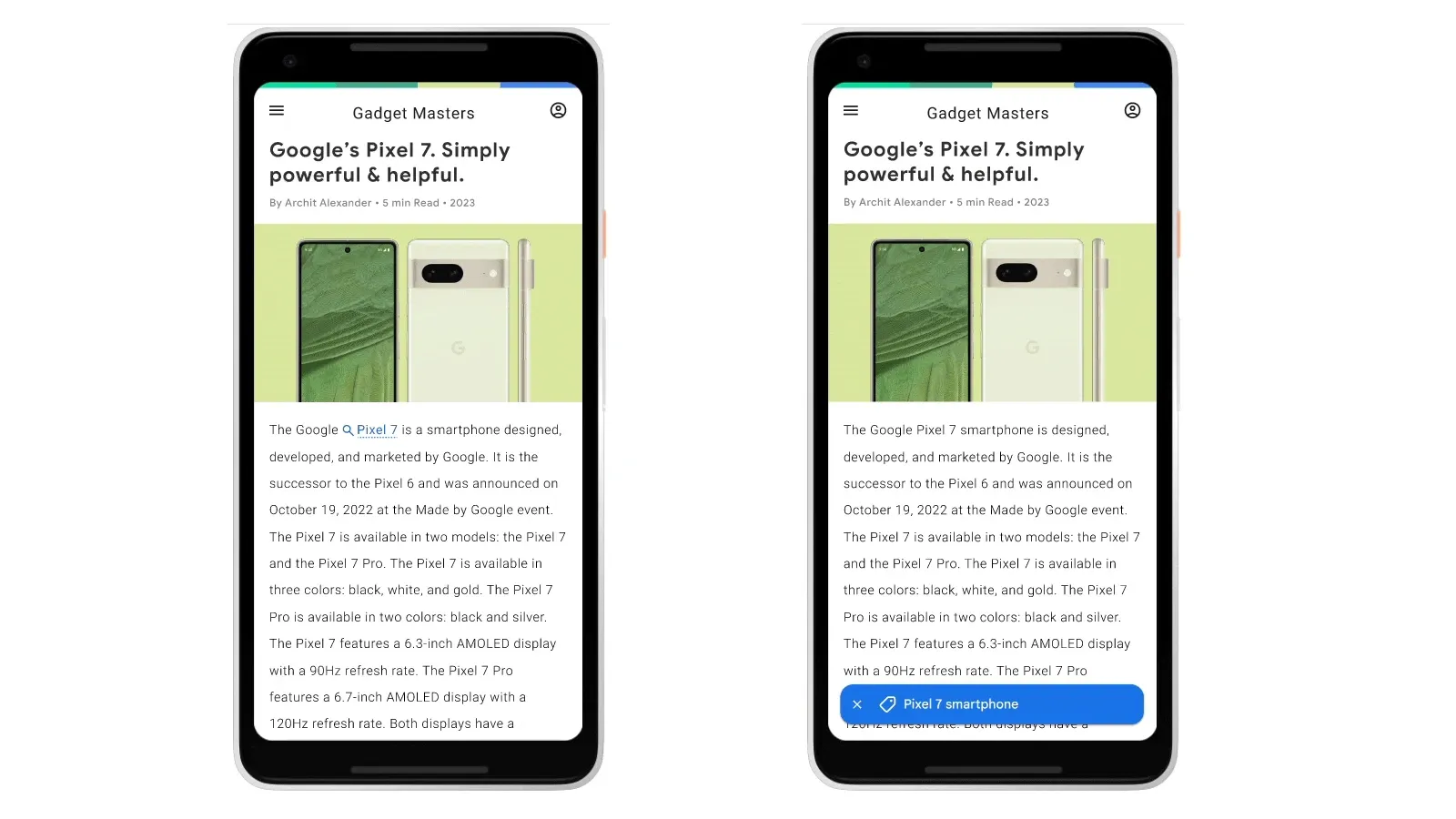Google unveils Ad Intents, a new AdSense ad format
Google today announced a new ad format called "Ad Intents," designed to integrate ads into existing website content and boost revenue potential for publishers using Auto ads.

Google today announced a new ad format called "Ad Intents," designed to integrate ads into existing website content and boost revenue potential for publishers using Auto ads.
Google's Ad Intents represents a new way for publishers to monetize their content, offering a user-friendly and contextually sensitive advertising solution. If you're already using Auto Ads, enabling Ad Intents could unlock an additional revenue stream with minimal effort.
Understanding Ad Intents
Ad Intents is an AI-powered format that intelligently analyzes your website's content. It then automatically does two key things:
- Ad Intent Links: Identifies and transforms relevant words or phrases within your existing text into links.
- Ad Intent Anchors: Adds contextual anchors, typically at the bottom of your page.
When a visitor interacts with either a link or an anchor, a dialog box opens. This box displays both organic search results and related ads, providing users with additional information and simultaneously enhancing your earnings potential.
How Ad Intents Work
The beauty of Ad Intents lies in its subtle and contextually relevant approach. Google's AI scans your content to understand what it's about and what your users might find useful. The links and anchors it generates are designed to offer additional value, not disrupt the user experience. Importantly, Ad Intents functions without depending on third-party cookies.
Earning Potential
Each time a user clicks on an ad displayed in the Ad Intents dialog box, you get paid. This creates a new revenue opportunity without requiring you to add additional ad units or change your website's layout.
Getting Started with Ad Intents
- Log into your AdSense account
- Navigate to "Ads" and locate your website
- Edit the site settings and ensure "Auto ads" are enabled
- Expand "Intent-driven formats" and check the "Ad Intents" option
- Optionally, you can disable either ad intent links or anchors
- Apply the changes to your site
Important Note: It might take some time for Ad Intents to start appearing on your website.
Tracking and Monitoring
You can track the performance of Ad Intents through the "Reports" page in your AdSense account. Create custom reports and analyze results specifically for the "Ad Intents" format.
Best Practices
Google emphasizes that creating high-quality content remains paramount. Avoid artificially adding keywords or excessive commercial mentions just to trigger more Ad Intents. Focus on providing value to your visitors, and the ad opportunities will naturally follow.

